Because I had some pain issues today I didn’t go outside to enjoy the beautiful spring-like weather like I planned. Instead I fiddled around with various creative projects around the house.
I decided to try free lensing (see below for a description of free lensing) with a tulip that was past its prime but still held beauty to my eyes. And I did a bit of watercolor painting on a painting I started earlier this week.
As I was working on the images I made while free lensing I wondered what would happen if I made photographs of my (less than stellar) watercolor paintings and combined them with some of the tulip photographs I made during the past week.
Wow! Let the play begin.
It was sheer joy to combine the images in different ways, try different blend modes, change the order they were layered, and see the results I obtained. Most of my experiments did not yield interesting images but a couple of them turned out very interesting (at least to my eyes).
Life is an experiment
I had no particular aim in mind. It just seemed like an interesting idea. My watercolor painting skills are at a beginner level and most of my paintings do not turn out as I intend. That’s okay because I love the process. It is endlessly fascinating to see how paint and water combine. Serendipity creates effects I could never have imagined. Sometimes I just play around with color with no particular objective in mind. Those paintings often turn out to be some of my favorites. The painting below was one of those experiments.
These two images combined as layers in Photoshop with a screen blend mode created the image at the top of this blog post.
Another watercolor of a very primitive whale combined with a different blend mode and the same photograph as before created an entirely different image. It intrigues me to see how my primitive watercolor paintings used in Photoshop and combined with photographs using different blend modes create such interesting images. In the image below, the whale actually looks a bit menacing to me while in the watercolor painting it simply looks primitive.

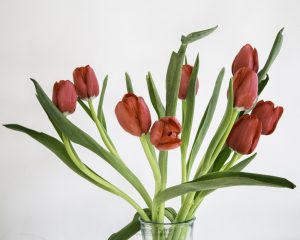 Free Lensing
Free Lensing
And now back to free lensing—that’s when you make images with the lens of the camera detached from the front of the camera, holding the lens in place but angling it so that only part of the image is in focus). It is sort of poor woman’s Lensbaby lens. It takes a lot of dexterity to handle camera, lens, manual focus, tilting the lens, and looking through the view-finder at the same time. I can’t say that the results wowed me. But I plan to experiment again with a different subject and see whether it’s worth the effort.
Playing Around with Art Paper Background
I found a beautiful sheet of art paper at Blick Art this week and couldn’t wait to use it as a background for flower photography. It has such a beautiful texture, I thought that it might look interesting with a very simple photographic subject.
It turned out to be very interesting to me when I photographed a single red tulip against it. I look forward to other experiments with this lovely art paper.
When did you last experiment and play around creatively with no particular end in mind? Remember, life is an experiment. This week find the time for one little creative experiment. Play. Let go of judgment. Have fun.
Happy Creating!
May you walk in beauty.
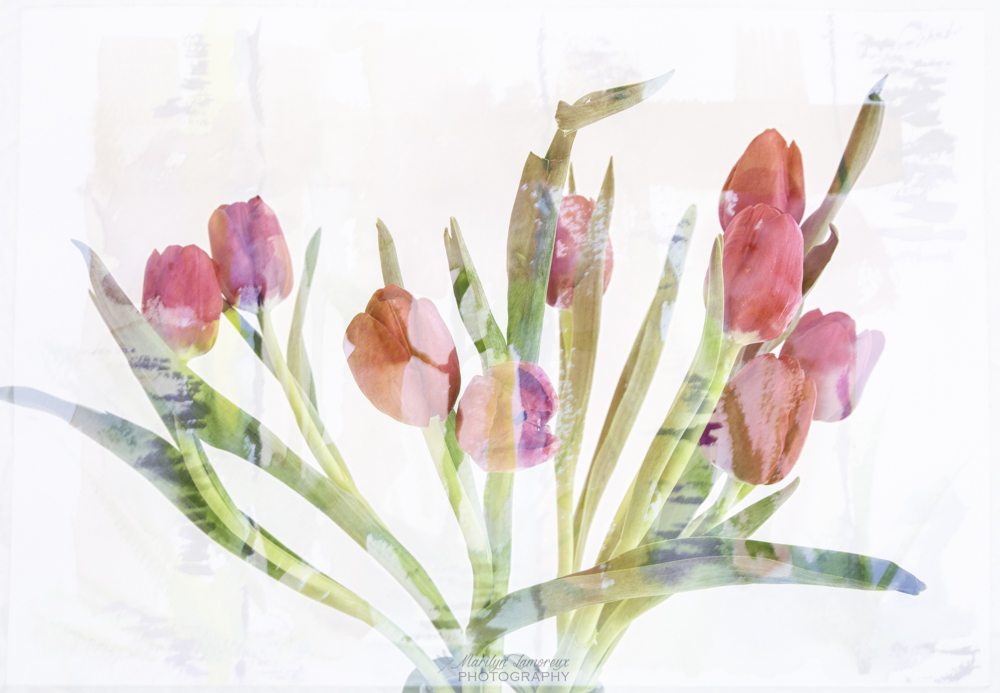
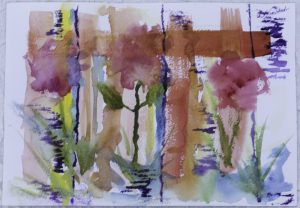
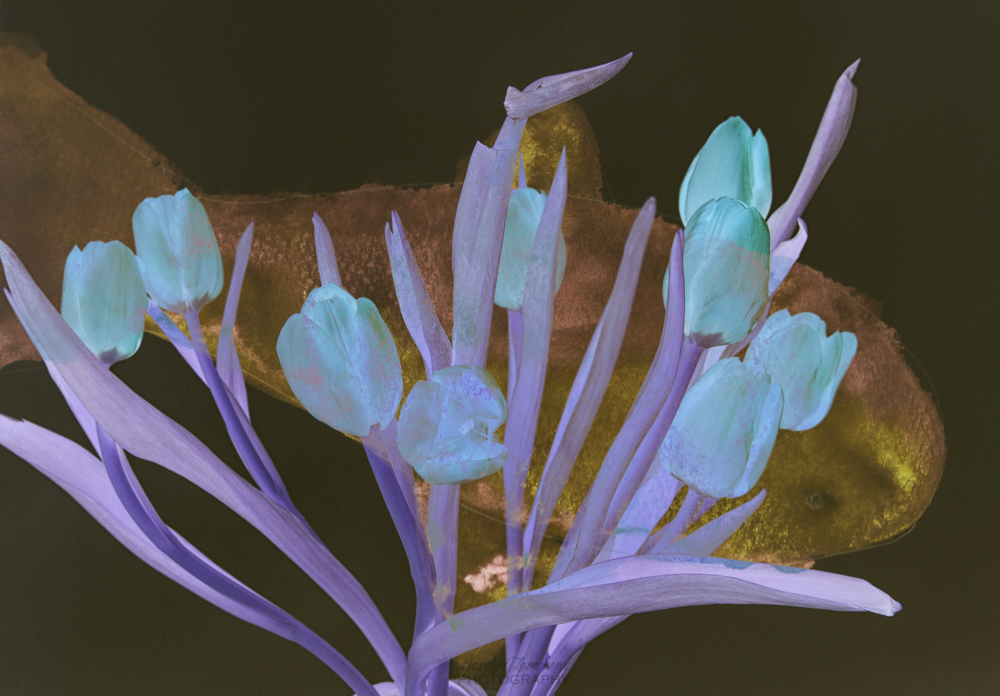
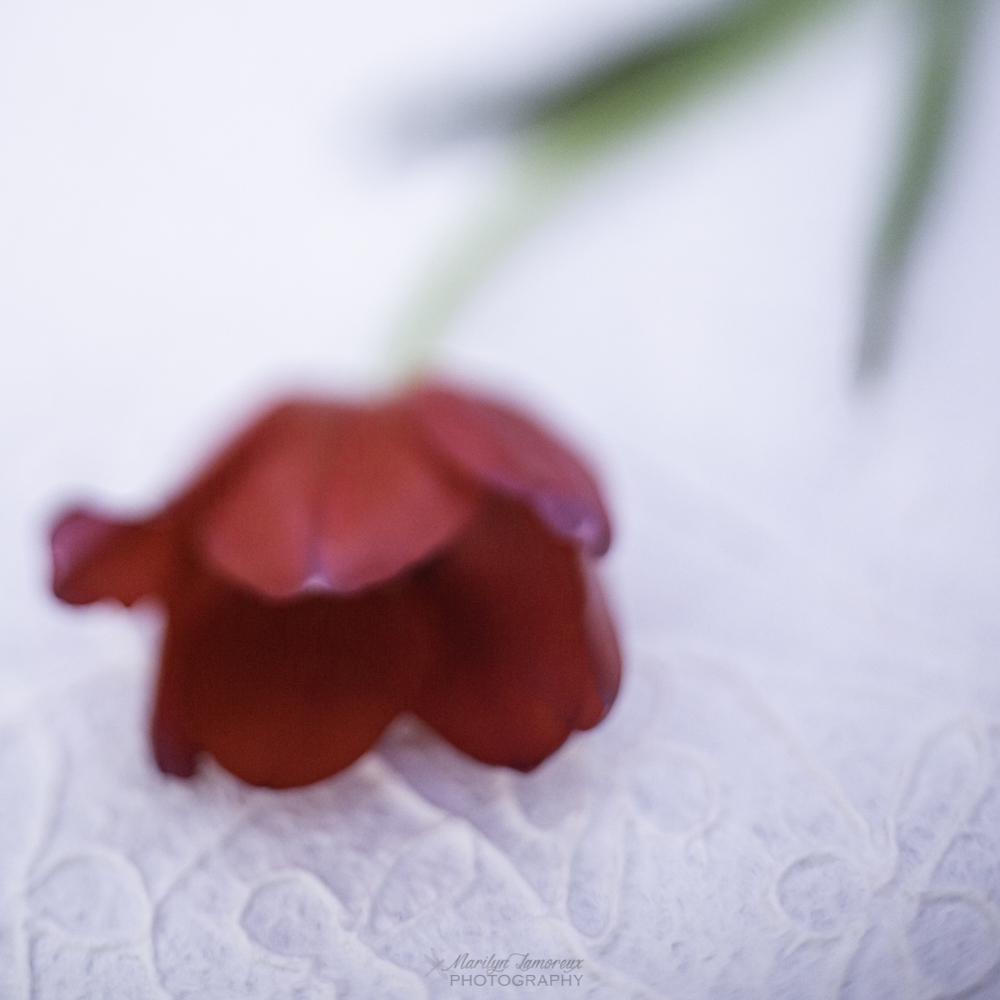
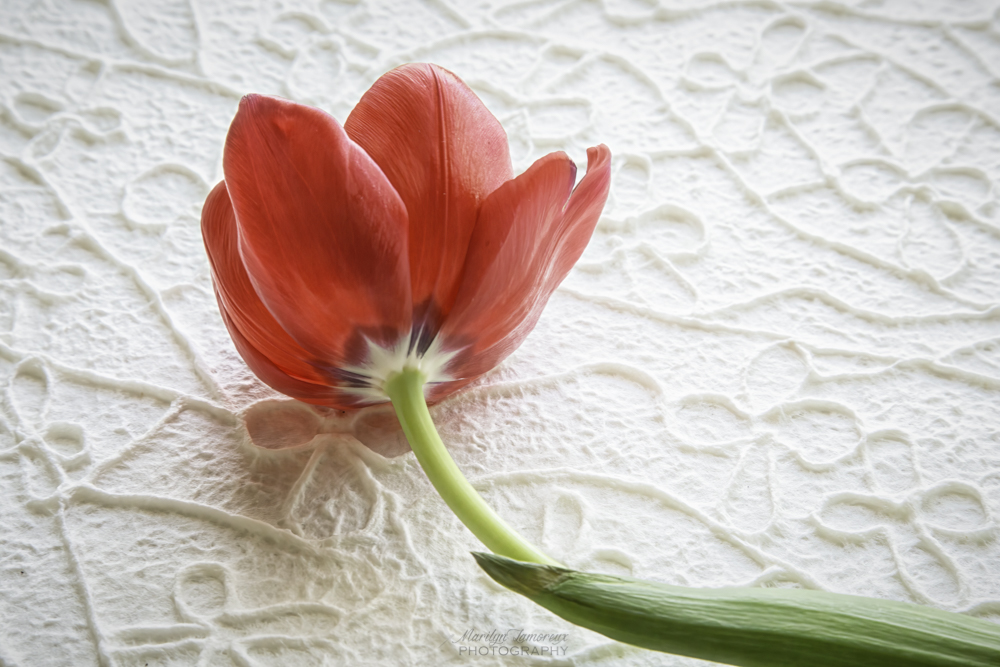
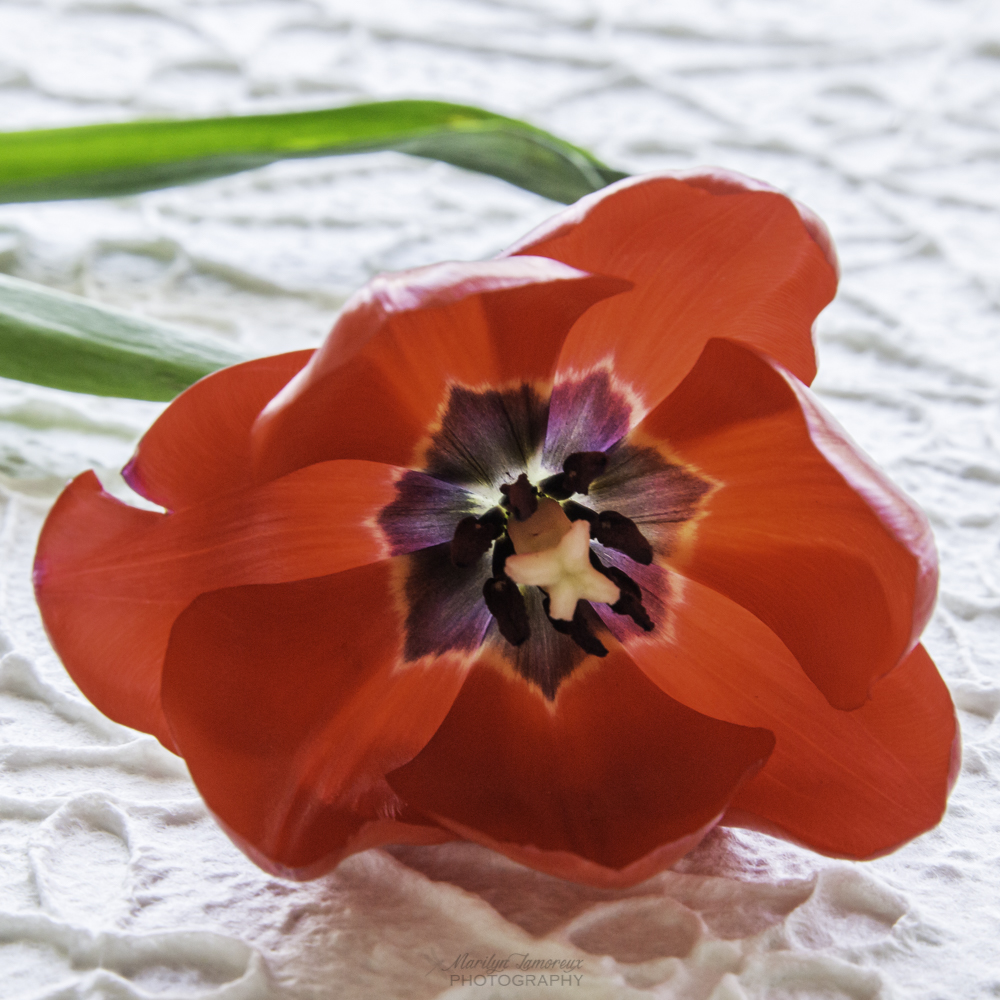
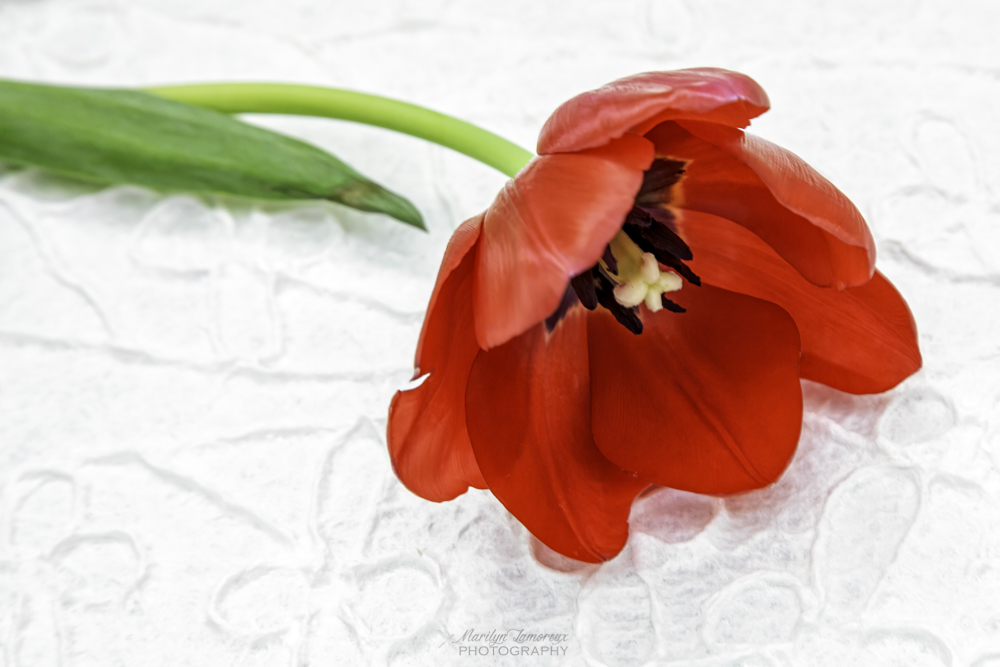
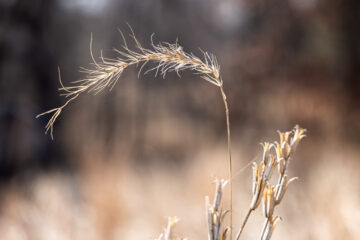
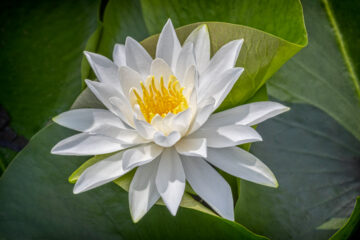

0 Comments